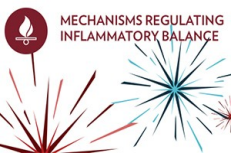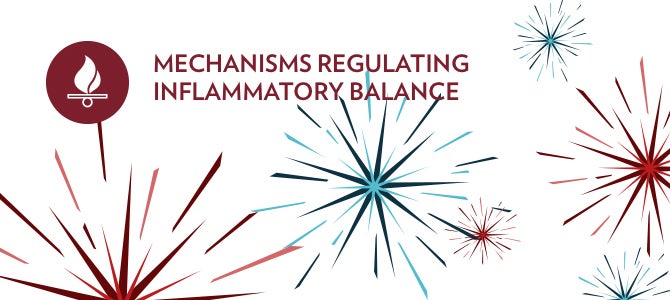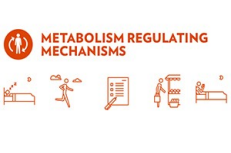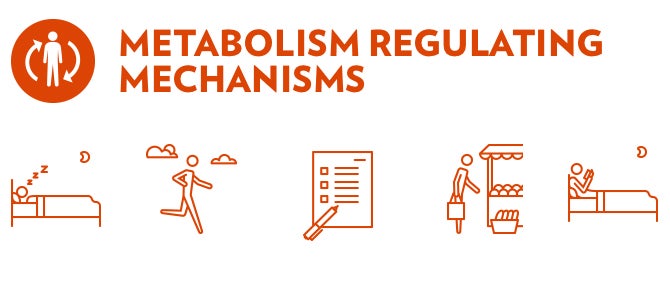Antioxidant Defense and Protection Mechanisms
May 16, 2017
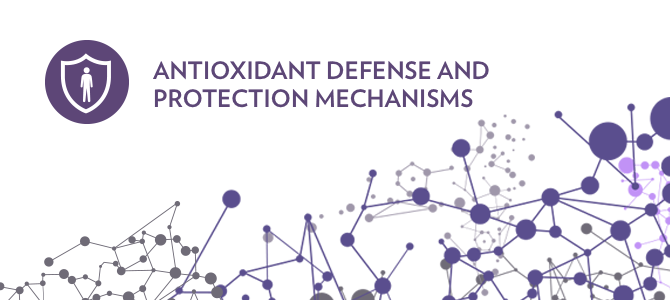
Our antioxidant defense and protection mechanisms are important for defending our bodies against reactive oxygen species. Reactive oxygen species are reactive molecules that have a single unpaired electron in their outermost shell of electrons. Electrons generally like to be in pairs for stability. Therefore, because these electrons are not paired, they are highly unstable and reactive compounds. These compounds include free radicals such as superoxide and peroxyl radicals, but also include non-radicals such as hydrogen peroxide and singlet oxygen. These reactive oxygen species can lead to oxidative stress, an imbalance between the production of free radicals and the body’s ability to counteract their harmful effects through the help of antioxidants.
Oxidative stress comes from external sources such as pollution, tobacco, heavy metals, pesticides, and radiation. As mentioned above, oxidative stress also comes from internal sources of reactive oxygen species in the body such as inflammation and metabolism. Furthermore, reactive oxygen species are produced internally through various mechanisms depending on the cell and tissue types. The oxygen we breathe is indispensable for life and part of what our cells use to make energy. However, oxygen also produces reactive oxygen species as a side effect of the production of energy in your mitochondria. Understanding reactive oxygen species and what machinery (or defense mechanisms) our bodies have to combat these highlights the importance of external and internal antioxidants.
Reactive Oxygen Species
When reactive oxygen species overwhelm the body’s defenses, it leads to an unfavorable balance that results in oxidative stress. Oxidative stress is associated with aging and damage to molecules including lipids, proteins, and DNA. Thankfully, the body has built-in mechanisms to counteract reactive oxygen species and oxidative stress through internal and external antioxidants.
Intrinsic and Extrinsic Antioxidants
Antioxidants help to stabilize some of the more damaging and reactive oxygen species so that other cells in the body are not negatively affected. Some antioxidants come from extrinsic or dietary sources such as fruits and vegetables or supplements. These antioxidants are important because they are not produced inside the body. Examples of extrinsic antioxidants include carotenoids, such as lycopene and lutein, vitamin E, and C. These antioxidants have electrons to donate and stabilize a reactive oxygen species. Intrinsic antioxidants, on the other hand, are antioxidants and antioxidant enzymes that are synthesized from within the body. These intrinsic antioxidants include glutathione, along with antioxidant enzymes such as catalase and glutathione peroxidase. Catalase is important for the conversion of harmful hydrogen peroxide (a by-product of normal metabolic processes) into less reactive oxygen and water molecules. Glutathione helps to neutralize reactive oxygen species, all while playing a role in detoxification. Our antioxidant defense system would be incomplete with just intrinsic antioxidants or with just extrinsic antioxidants.
Because there are a wide variety of reactive oxygen species, it is important to have a network of a variety of antioxidants in effective amounts, not just high doses of one antioxidant. This network of antioxidants is important because antioxidants work together, while exhibiting distinct functions in protecting against different free radicals and protecting different parts of the cell and body.
To learn more about your body’s natural defenses against aging aggressors, visit Introduction to Aging Defense Mechanisms (ADMs).

Written by:
Tanner Gibb
Technical Communication & Education Manager
Pharmanex
YOU MIGHT ALSO LIKE:
